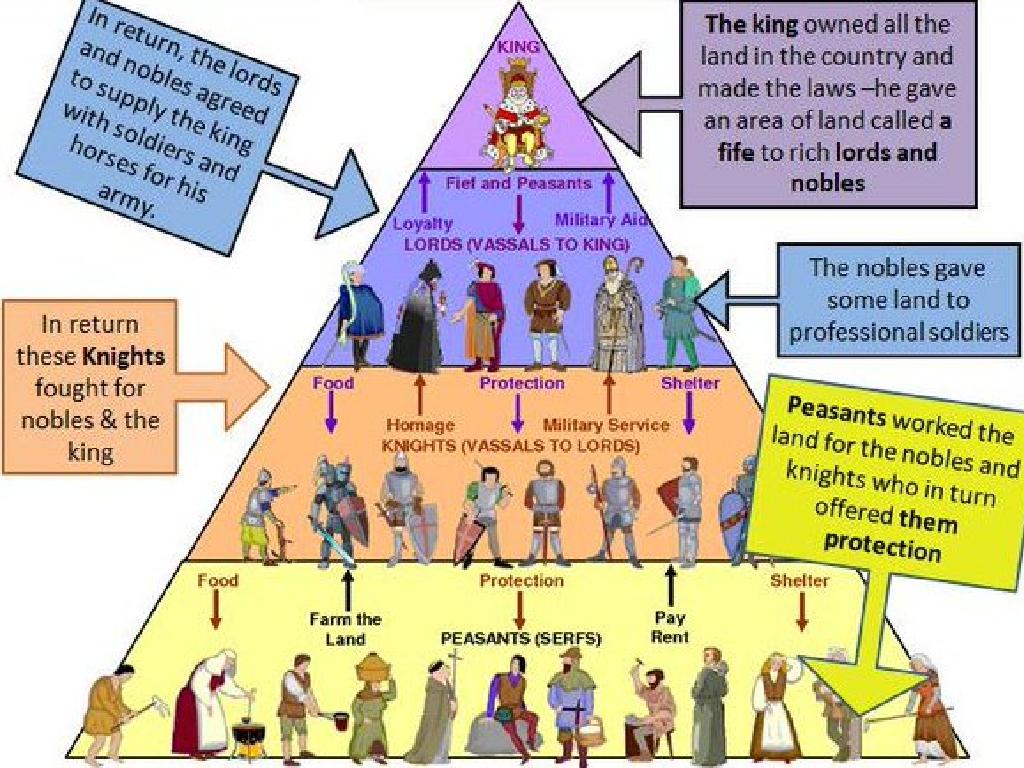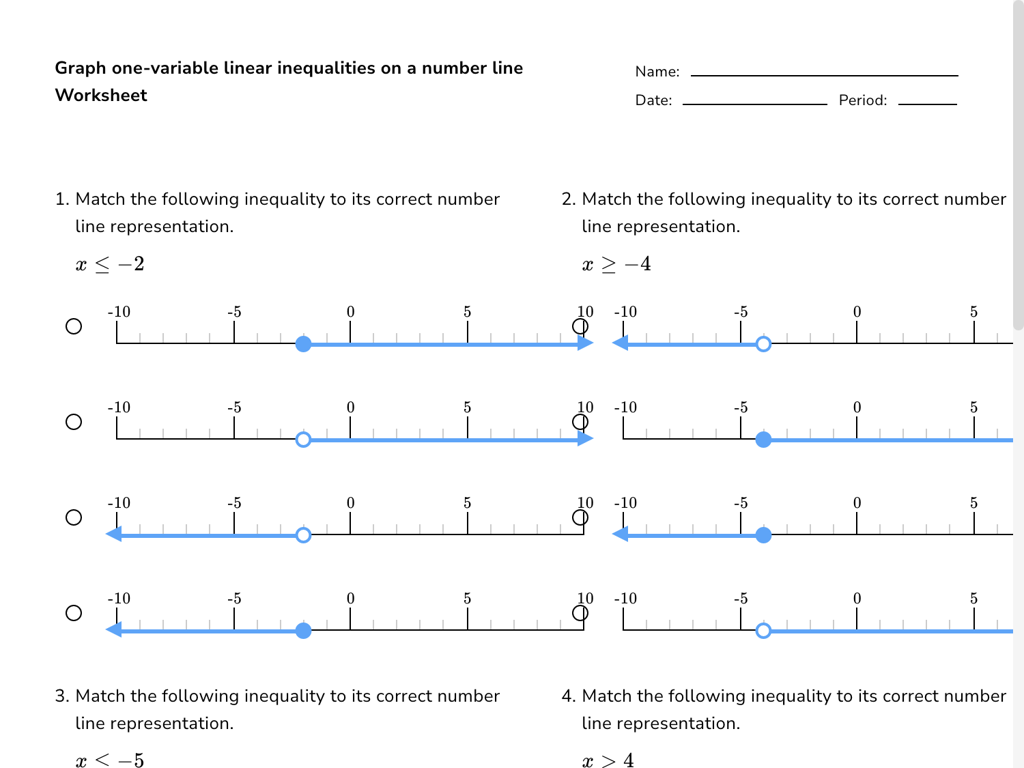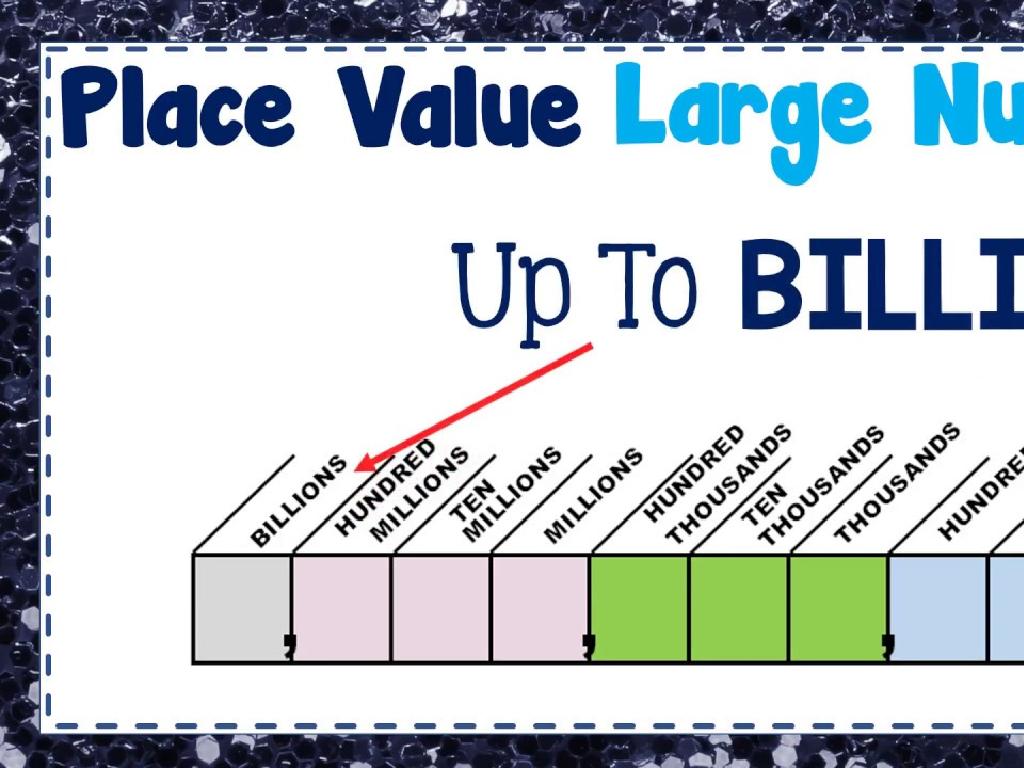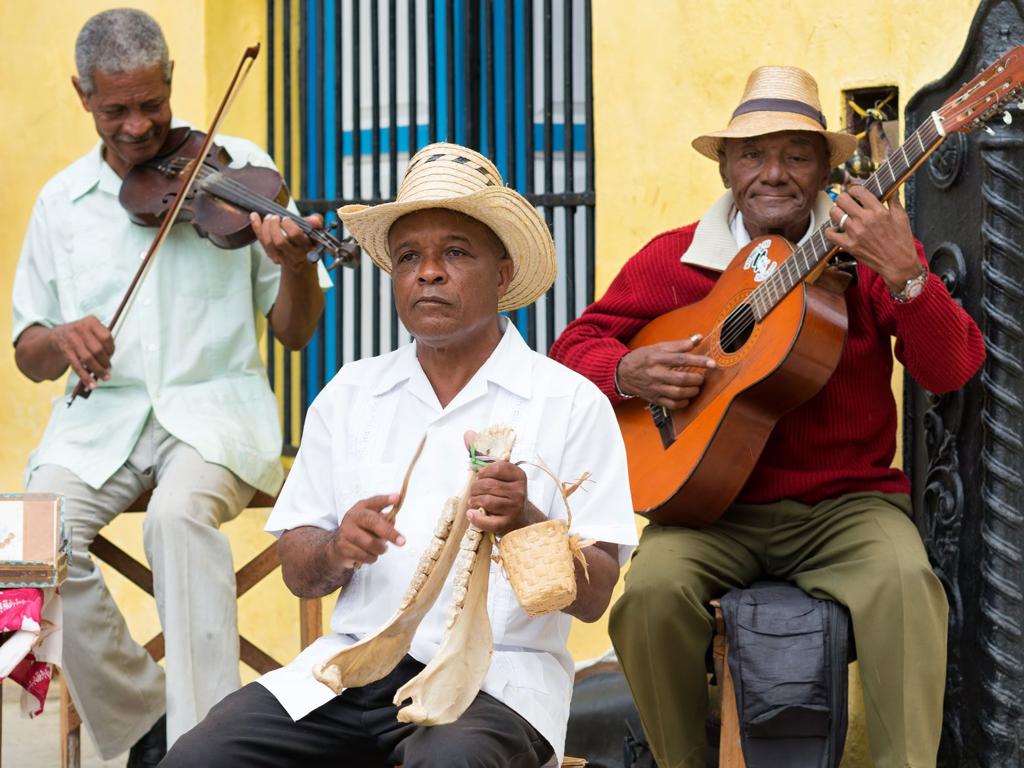Count Tens And Ones - Up To 30
Subject: Math
Grade: Kindergarten
Topic: Numbers And Counting To 30
Summary: Join us as we learn to count up to 30 by understanding tens and ones! This Kindergarten math lesson uses interactive activities like grouping objects, using number lines, and building with blocks to teach place value concepts. Students will practice counting in tens and ones, recognize number patterns, and combine tens and ones to form numbers up to 30. Engaging games and hands-on activities help reinforce their understanding, making learning fun and foundational for future math success.
Please LOG IN to download the presentation. Access is available to registered users only.
View More Content
Welcome to Numbers: Counting to 30
– Greet our little mathematicians
– Today’s goal: Learn to count
– Counting up to 30 with tens and ones
– We’ll use objects to count in groups of ten and single ones
– Fun with numbers!
– We’ll play games to practice counting
|
This slide is designed to introduce Kindergarten students to the concept of counting within 30, emphasizing the use of tens and ones. Start the lesson with a warm greeting to make the children feel excited about learning math. Explain that the day’s objective is to learn how to count all the way up to 30. Use physical objects like blocks or beads to demonstrate grouping in tens and adding individual ones to reach numbers up to 30. Incorporate interactive counting games to make the learning process enjoyable. By the end of the lesson, students should be able to count objects by grouping tens and adding ones, and recognize numbers up to 30.
Understanding Tens and Ones
– Numbers have tens and ones
– Tens are bundles of ten
– Like 10 sticks tied together
– Ones are single units
– Like a single stick by itself
– Counting with tens and ones
– Practice with numbers up to 30
|
This slide introduces the foundational concept of place value to Kindergarten students, focusing on tens and ones. Begin by explaining that all numbers are made up of tens and ones. Use physical objects like bundles of sticks to illustrate tens and individual sticks for ones. This visual representation helps children understand that tens are groups of ten items, while ones are just a single item. Encourage students to practice counting by grouping items into tens and ones, especially focusing on numbers up to 30. This will set the stage for them to grasp larger numbers and more complex place value concepts in the future.
Counting with Tens
– Counting by tens: 10, 20, 30
– Each number is a group of ten
– Think of 10 as a bundle of ten ones
– Show ten fingers to count
– Hold up both hands to show ten
– Practice counting with objects
– Use items like blocks or stickers in groups of ten
|
This slide is aimed at helping Kindergarten students understand the concept of counting by tens, which is a foundational skill in learning place value and number sense. Start by counting together as a class, emphasizing the pattern that emerges when we count by tens. Use visual aids like grouping objects in tens or images showing groups of ten. Encourage the children to show their ten fingers as a way to represent the number ten physically. Provide manipulatives such as blocks or stickers to help them practice grouping items into tens and reinforce the concept through tactile learning. The goal is for students to recognize that numbers like 10, 20, and 30 consist of tens without any extra ones.
Counting with Ones
– Counting by ones is fun
– Numbers 1 to 9 are single ones
– Each pencil represents one
– If we have 4 pencils, we have 4 ones
– Let’s count pencils together
– Practice by counting pencils from 1 to 9
|
This slide introduces the concept of counting by ones, which is the foundation of understanding numbers for Kindergarten students. Start by explaining that the numbers 1 through 9 are considered ‘ones’ because they are single units. Use pencils as a tangible example to help students visualize and count each item as one unit. Encourage the students to count aloud together as you point to each pencil. This activity will help them grasp the concept of ones before moving on to tens. Make sure to engage with the students by asking them to show fingers or pencils to represent numbers as they count.
Combining Tens and Ones
– Tens and ones make numbers
– Example: 10 and 5 make 15
– 10 is a ‘ten’, and 5 is ‘five ones’
– Let’s make numbers together
– We’ll use blocks or drawings to combine
– Practice with different combinations
– Try 10 and 2 for 12, or 10 and 6 for 16
|
This slide introduces the concept of combining tens and ones to create different numbers, which is fundamental in understanding place value. Start by explaining that ‘ten’ is a group of ten ones. Show them physical representations like ten-blocks and single blocks to visualize the concept. Encourage the children to participate by combining tens and ones to form new numbers. Use simple examples and ensure they understand that the number ’15’ is made up of one ten and five ones. During the activity, guide them to explore various combinations, reinforcing the concept through practice. The goal is for students to become comfortable with the idea of tens and ones and how they come together to form numbers up to 30.
Counting to 30 with Tens and Ones
– Counting using tens and ones
– Group items in tens and the leftovers as ones to count.
– Using a number line
– A number line shows numbers in order, helping us see the pattern.
– Observing number growth
– As we add tens and ones, numbers get bigger!
– Practice with examples
– Let’s count pencils in tens and ones: 10, 20, 21…30.
|
This slide introduces the concept of counting to 30 using tens and ones, which is a foundational skill in understanding place value. Start by explaining that numbers can be grouped into tens and ones, making it easier to count large quantities. Use a number line on the board to visually demonstrate how numbers increase as we add more tens and ones. Encourage the children to observe the pattern of growth in numbers as they count. Provide tangible examples, such as grouping pencils or blocks into tens and ones, and practice counting together. This hands-on activity will help solidify their understanding of counting in tens and ones.
Let’s Practice Counting
– Time to practice counting
– We’ll play a fun counting game
– A game to reinforce our counting skills
– Get set to count out loud
– Practice makes perfect, let’s do it together
– Counting tens and ones up to 30
– Understand groups of 10 and single units
|
This slide is designed to engage Kindergarten students in a fun and interactive counting game to reinforce their understanding of counting tens and ones up to 30. The game should be simple and involve counting objects or images in groups of ten and then adding the ones. For example, show an image with 2 groups of ten and 5 individual items and have the students count ’10, 20, 21, 22, 23, 24, 25.’ Encourage the students to participate and count out loud to build their confidence. The teacher should prepare several examples with different numbers of tens and ones, and possibly use physical objects like blocks or counters to make the activity more hands-on.
Class Activity: Building Numbers with Blocks
– Let’s build numbers using blocks!
– Use ten-blocks and one-blocks
– Ten-blocks represent tens, one-blocks for ones
– Make numbers up to 30
– Combine them to form numbers like 10, 21, or 30
– Show your number to the class
|
This activity is designed to help Kindergarten students understand the concept of tens and ones in a hands-on manner. Distribute ten-blocks and one-blocks to the students. Guide them to use the ten-blocks to represent tens and the one-blocks to represent ones. Encourage them to create different numbers up to 30 by combining these blocks. For example, to make the number 23, they would use two ten-blocks and three one-blocks. After they build a number, have them present it to the class to reinforce their understanding and to practice counting. Possible variations of the activity could include asking students to find the number of blocks needed to create a number you call out, or having them work in pairs to build numbers and explain their process to each other.
Celebrating Numbers!
– Excellent work with tens and ones
– You’re now buddies with numbers up to 30
– Practice is key to number mastery
– Count objects at home, like toys or snacks, to practice
– Keep counting and have fun!
|
This slide is a congratulatory closing to reinforce the students’ achievement in learning to count tens and ones up to 30. It’s important to celebrate their progress to build confidence and encourage a positive relationship with numbers. Remind them that practice is essential, and they should continue to count objects in their daily lives to improve their skills. Suggest fun counting activities they can do outside of class, such as counting toys, steps, or snacks. Reinforce the idea that learning is an ongoing process and that they should be proud of becoming friends with numbers up to 30.





